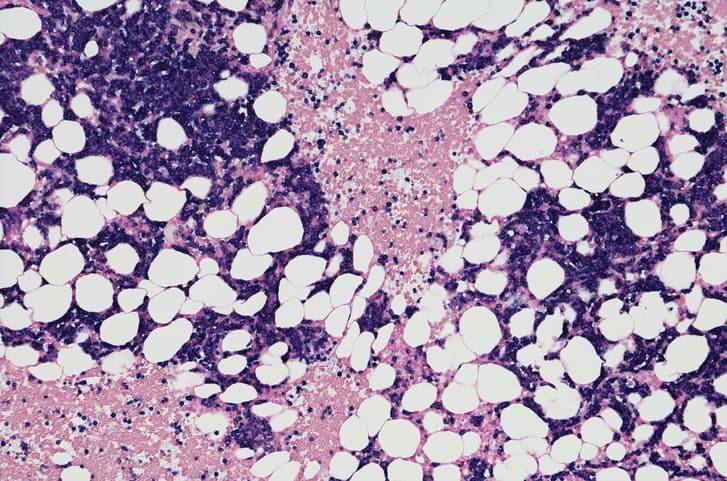For a study, the researchers sought to determine how a celiac disease (CD) serology automated analyzer (Bioplex2200) performed in real-world situations and find a link between TGA levels and intestinal biopsies in kids. Patients with both Tissue-transglutaminase antibodies (TGA) serology tests and duodenal biopsies were included in a retrospective assessment conducted in 2 pediatric gastroenterological facilities between November 1, 2018, and April 1, 2020. Patients’ demographics, medical histories, TGA levels, and biopsy results were among the information retrieved. Overall, 538 children were assessed, with 256 having positive TGA (68.4% girls, median age 6.4 years) and 282 having negative TGA (53.9% girls, median age 13.4 years). In 219 patients who had a positive TGA, intestinal biopsies confirmed CD (85.5%). Overall, 14.5% of the cohort had positive serology with normal histology, with 52%, 21.6%, 21.1%, and 4.2% in TGA ranges of 1 to 3 times ULN, 3 to 5 ULN, 5 to 10 ULN, and above 10 times ULN, respectively, P<0.001. The AUC (area beneath the receiver-operating characteristic curve) was 0.963 (95% CI: 0.947–0.980). Anti-endomysial antibodies were found in 216 (84.4%) patients with positive TGA. Overall diagnostic performance was lower in this subgroup, with an AUC of 0.737 (95% CI 0.834–0.839). In real-life situations, the Multiplex TGA assay exhibited a perfect diagnosis accuracy. Adding EMA to patients with a positive TGA did not improve the test’s diagnostic effectiveness. False-positive rates varied between TGA ranges but were low when TGA exceeded 10 times the ULN.
Source:journals.lww.com/jpgn/Abstract/2022/04000/Real_life_Performance_of_Multiplex_Celiac_Antibody.13.aspx


